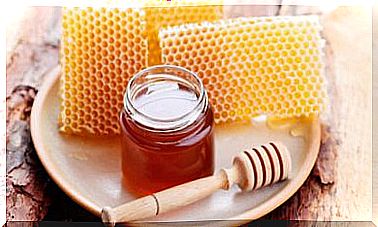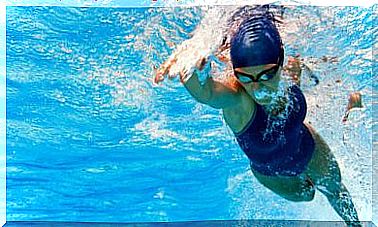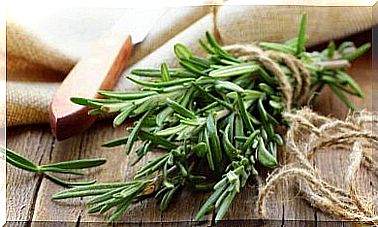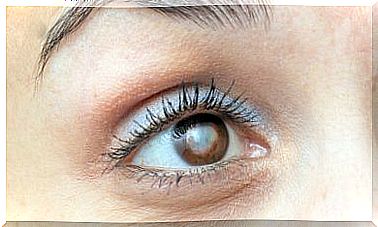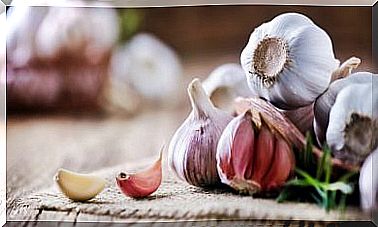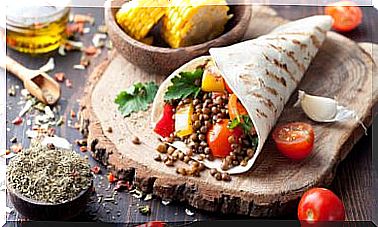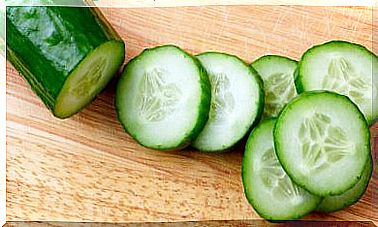Influence Of Technological Processes On The Nutritional Value Of Food
Food requires treatments that prevent its deterioration, since, with the passage of time, they are biochemically modified and are not suitable for consumption. In this process the nutritional value of food is modified. Therefore, here we tell you how technological processes influence the nutritional value of food.
It should be noted that food technology has increased the shelf life of many fresh products. This allows us to access fruits outside their season period, for example.
How do technological processes influence the nutritional value of food?
There are certain foods that spoil faster than others, such as milk, meat, fish, vegetables, and fruits. This is because these foods have more water than, for example, nuts, which can be stored for longer.
The food industry applies technological processes for four fundamental reasons :
- Eliminate the risk of disease transmission associated with the presence of microorganisms in raw products.
- Make them palatable and facilitate their consumption and digestibility.
- Eliminate certain factors present in raw materials that act as anti-nutritional agents, according to a study published in the Journal of AOAC International.
- Increase its useful life.
What technological processes are applied to food?
There are various technological processes that reduce or eliminate the possible growth of microorganisms. They also try to avoid the chemical and biochemical reactions that cause their deterioration.
Here we will explain the most common processes used by the food industry and that are also used in our own kitchens:
Refrigeration and freezing
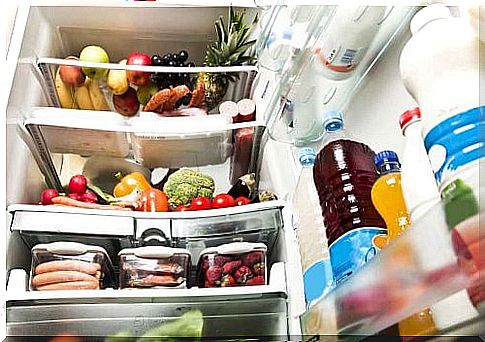
It is the main treatment to preserve the nutritional value, since it prevents enzymatic activity and bacterial growth. Nutritional losses are scarce or null, since these are produced exclusively by the packaging, freezing system or by the thawing process, in the event that the cold chain is broken.
Therefore, when we are going to consume a food that has been previously frozen, we must defrost it in the refrigerator, since microorganisms grow faster at room temperature.
Dehydration
In this method , the water is totally or partially extracted from a food. The effects on nutritional value are:
- Loss of some vitamins due to high temperatures.
- Protein denaturation.
- Modification of the organoleptic properties.
Pasteurization
Pasteurization applies to dairy and vegetable foods, mainly. It is important to avoid raw dairy, as they can have pathogenic organisms, although some vitamins are lost.
Sterilization
It is the most effective method by heat, since it eliminates pathogenic and vegetative organisms and spores. However, it adversely affects many nutrients, particularly vitamins, which are lost due to heat, and the biological value of proteins, due to the Maillard reaction .
Scalding
All vegetables, except onions, have to be blanched with water or steam before being frozen to reduce microbial load and inactivate enzymes that can cause off-flavor development during storage.
Blanching is carried out in water at 90-100ºC, or using steam at 120-130ºC for 2-10 minutes. Vitamins and minerals are often lost. This is why frozen vegetables have fewer vitamins and minerals than raw ones.
However, many of the vegetables that are bought frozen do not undergo a previous blanching, but undergo ultra-cryogenization. Thus its properties are not lost.
Cooking
It is one of the most common methods of cooking, in which food is submerged in water at a temperature of about 100 ºC. In this procedure, a significant part of the vitamins and minerals pass into the cooking water. Therefore, it is advisable to take advantage of this cooking broth.
Cooking has benefits over nutritional value, since:
- There are foods that increase the bioavailability of nutrients, such as legumes, potatoes, and eggs.
- Improves the bioavailability of proteins and complex carbohydrates.
- Improves the organoleptic characteristics of food.
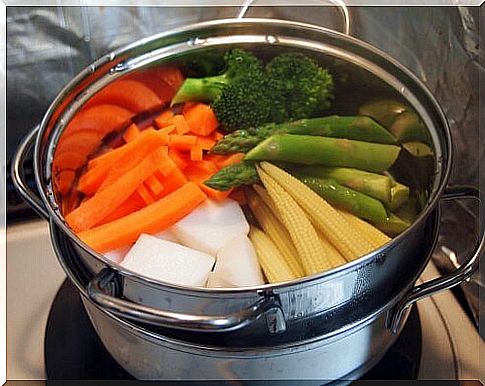
Frying
Process by which food is cooked with oil at a high temperature in a short time. The effects on nutritional value are:
- Loss of the nutritional value of proteins.
- Appearance of toxic compounds due to fat oxidation. Among them, acrylamide stands out, which has been shown to be carcinogenic in high doses.
- Thermal destruction of vitamins. It is important to note that these substances are necessary to ensure a correct state of health, as stated by research published in the journal Sub-Cellular Biochemistry.
- Increase in the energy value of the food.
Microwave heating
Microwaves emit low-energy electromagnetic radiation that they cannot ionize. Therefore, they hardly generate free radicals and there are no compounds that alter the organoleptic characteristics or that can be considered toxic.
Baked
Baking is subjected to uniform and constant heat in a food, obtaining cooking and different textures. It influences the nutritional value in the following way:
- Loss of proteins by Maillard reaction and of vitamins that are lost by heat.
- Increases protein digestibility.
- Loss of antinutrients.
- Increases the bioavailability of B vitamins.
Toasted
It is similar to baking, but the aim is to achieve crisp textures. It leads to nutritional losses related to proteins and vitamins, especially thiamine.
Technological processes make it possible to improve food preservation
Thanks to technological processes, we can preserve food for longer and avoid microbial diseases. If you eat a healthy and varied diet, you do not have to worry about the loss of nutrients that these methods cause.


